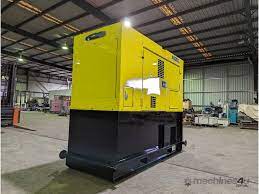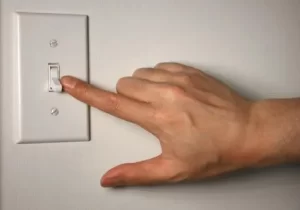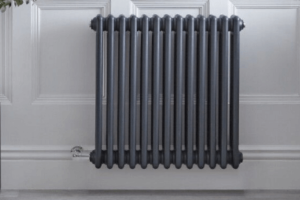Understanding the Basics of Generator Connections
Power outages in the UK can happen for a variety of reasons — severe weather, equipment failure, or even planned maintenance work by your electricity provider. While these outages are often short-lived, they can cause serious inconvenience and disruption, particularly if they affect essential appliances such as heating, refrigeration, and lighting. Many homeowners are turning to generators as a way to keep their households running during blackouts. However, the question often arises: can you connect a generator directly to your home’s electrical system? The answer is more complex than a simple yes or no.
Why Direct Connection Can Be Dangerous
In the UK, directly wiring a generator into your home without the correct equipment is not only unsafe but also illegal. The main danger lies in a phenomenon known as backfeeding, which occurs when power from your generator flows back into the National Grid. This can be fatal for engineers working to repair lines and can also damage your generator and home appliances. Backfeeding happens when there’s no proper isolation between your home and the grid, which is why simply “plugging in” a generator is never the right approach.
Legal Requirements and Regulations
UK wiring regulations, specifically the IET Wiring Regulations (BS 7671), set strict rules for any generator connection to domestic wiring. These regulations require that your home is completely isolated from the grid before a generator can supply power to your circuits. Failure to comply not only puts people at risk but can also lead to legal consequences, including fines. This is why it’s essential to involve a qualified electrician in the process, ensuring that all work meets safety and compliance standards.
The Role of Transfer Switches
The correct way to connect a generator to your home is through a transfer switch, also called a changeover switch. This device safely disconnects your property from the mains electricity supply before the generator takes over. Transfer switches come in two main types: manual and automatic.
A manual transfer switch requires you to start the generator and physically operate the switch when an outage occurs. An automatic transfer switch, on the other hand, detects the loss of mains power, starts the generator, and switches the supply over automatically. Both options prevent backfeeding and protect your household electrical system, but the choice depends on your budget, the type of generator, and how seamless you want the changeover to be.
Portable vs Standby Generators
Your choice of generator will influence the connection method. Portable generators are usually designed for temporary use and can safely power appliances using extension leads, rather than feeding power into your home’s wiring. While this limits the number of devices you can run simultaneously, it’s a simpler and often more affordable option.
Standby generators, on the other hand, are intended to connect to your home via a transfer switch. They typically have a higher power capacity and are permanently installed outside the home, offering the convenience of automatic startup during an outage. If you’re looking for a “set and forget” backup power solution, a standby generator is usually the way to go.
Calculating Your Power Needs
Before making any decisions about connecting a generator, you’ll need to calculate your power requirements. This involves adding up the wattage of all appliances and systems you want to keep running during a power cut. Critical items often include heating systems, fridges and freezers, lighting, and certain sockets for devices such as Wi-Fi routers and chargers. Overestimating your needs can lead to unnecessary expense, while underestimating can leave you without power for essential items during an outage.
Installation by a Qualified Electrician
Even if you’re confident with DIY projects, connecting a generator to your home’s wiring is not something to attempt yourself. A qualified electrician will not only ensure that the installation meets UK safety regulations but will also be able to recommend the most suitable type of transfer switch and connection method for your property. They can also assess your existing electrical system to determine whether any upgrades are needed before installation.
Ongoing Maintenance and Testing
Once your generator is connected to your home, regular maintenance is essential to ensure it works when you need it. This means checking fuel levels, inspecting cables, and running the generator periodically to keep it in good condition. Automatic standby generators should also have periodic servicing to ensure their starting systems, transfer switches, and load capacity remain reliable.
A Safe and Reliable Backup Solution
While you can’t simply plug a generator directly into your home’s electrical wiring, there are safe and legal ways to connect one with the help of a transfer switch. By following the correct installation process and keeping up with maintenance, you can ensure your household stays powered during outages without risking damage, injury, or legal trouble. Investing in a proper connection not only offers convenience but also peace of mind that you’re prepared for whatever the UK weather or infrastructure challenges may bring.





